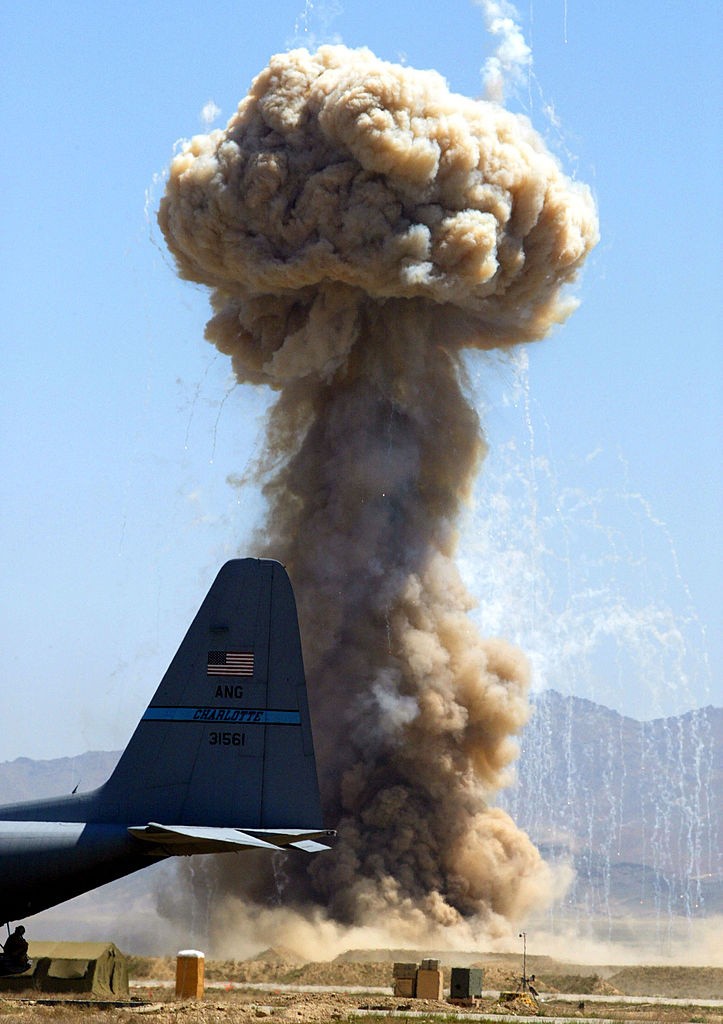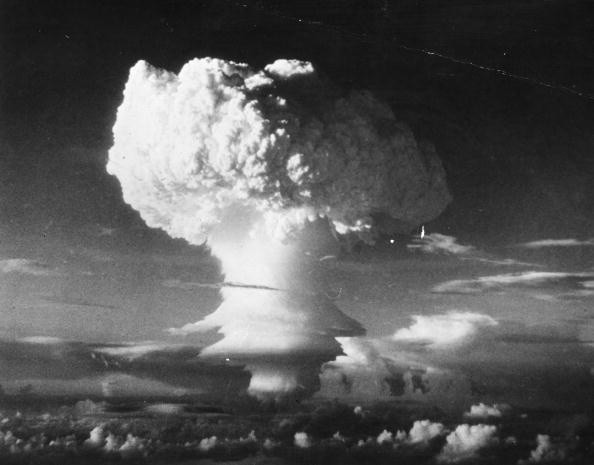According to a study by researchers at Rutgers University, the National Center for Atmospheric Research, and other institutions, a potential nuclear war may have devastating effects on humanity for years to come.
Smoke from the resulting fires would cause climate change that could last up to 15 years. This in turn would threaten global food production and human health.

Nuclear Winter
Nuclear weapons used in cities and industrial areas have long been known to generate large-scale burns. This is accompanied by vast amounts of smoke released into the stratosphere, causing worldwide climate disruption, hence the phrase "nuclear winter."
However, in the new study, researchers decided to utilize a recent climate model. The model included aerosols and nitric oxide emissions.
This is to simulate the impacts of absorption of sunlight by smoke from regional and global nuclear wars on ozone chemistry and surface ultraviolet light for the first time.
Journal of Geophysical Research-Atmospheres published the research.
Effects of Smoke Injection into the Atmosphere
The continuous injection of smoke into the atmosphere will result in the loss of the majority of our protective ozone layer. These effects would take a decade to be restored and result in several years of extremely high UV light on the Earth's surface. In turn, puts human health and food supplies in jeopardy.
"Ozone would be depleted after a nuclear war, resulting in more UV radiation reaching the Earth's surface. The injection of fumes would block out the ultraviolet light," said Alan Robock, a Distinguished Professor in the Department of Environmental Sciences at Rutgers University-New Brunswick and one of the study's authors.
The findings further showed that if India and Pakistan had a regional nuclear war that produced five megatons of soot, the heightened UV light would start within a year.
For a global conflict involving the US and Russia generating 150 megatons of soot, It would take around eight years to begin. The consequences of intermediate amounts of smoke would be somewhere in between these two extremes.

What Causes Reduction in the Ozone Column?
Heating in the stratosphere and other variables would induce a 15-year drop in the ozone column. It will bring about a peak loss of 75 percent worldwide and 65 percent in the tropics. This is higher than forecasts from the 1980s. The 1980s forecasts predicted significant nitrogen oxide injections but did not account for smoke impacts.
The global ozone column would be reduced by 25% in the event of a regional nuclear war. Recovery will take 12 years. It is related to earlier simulations, but with a faster recovery period due to the new simulations' shorter lifetime for soot.
"In conclusion, we must avert nuclear war because the consequences would be substantially worse than we had anticipated. We have a good idea of how farming will change in the future as a result of changes in temperature, rainfall, and sunlight, but we haven't considered the effects of ultraviolet radiation yet. Furthermore, UV light would harm animals, including humans, by promoting cancer and cataracts."
Related Article : Smoke From Nuclear War May Eradicate Humans by Threatening Global Food Supplies, Warn Experts
For more news, updates about climate change and similar topics don't forget to follow Nature World News!
© 2025 NatureWorldNews.com All rights reserved. Do not reproduce without permission.





